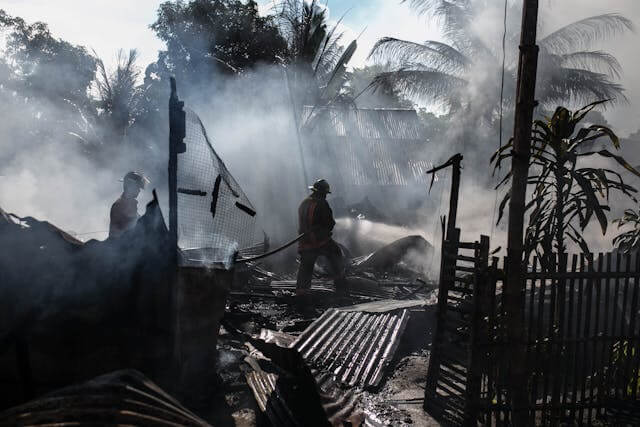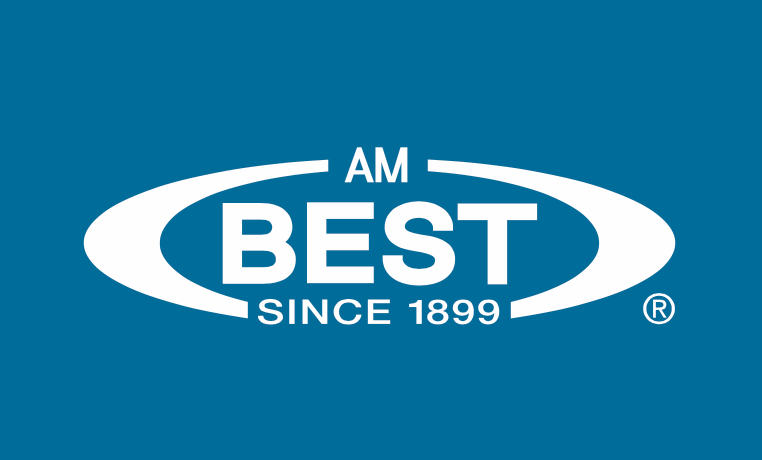
Safety Insurance Group (SAFT) is precisely the sort of stock that an income investor with a long-term horizon would want.It operates in a steady business and has done for some time, it is a dividend payer, and it is trading at a discount at present.While Safety Insurance Group is a young pup in the insurance sector compared to time-tested firms such as Old Republic International (ORI), it has been in operation since 1979, giving it more than forty years of institutional experience.
It operates as a personal lines property insurer and a casualty insurer, providing commercial automobile insurance and private passenger insurance.Safety Insurance Group has been in business for more than forty years.Image provided by NHAIA.
Insurance is a steady business in so far as it is relatively immune from social and technological change – people require coverage, and that is likely to continue being the case.It does have the issue for insurers that it is not a sector with high barriers to competitive entry, which makes it imperative that a prospective insurance investment be made in a company that is long-established and conservatively run – criteria that Safety Insurance Group fulfills excellently.One black mark on Safety Insurance Group’s record is its results for 2015 in terms of net income.
As management explained in the Q3 2015 report, this was due to: the highest recorded snowfall totals in Massachusetts history, which produced elevated catastrophe and non-catastrophe claims activity throughout our personal and commercial property lines.An unprecedented level of snow, specifically 9 feet in various Massachusetts communities and 95 inches in the Boston area alone, were received during a 30 day period in the first quarter of 2015.As a result, Safety recorded direct catastrophe losses related to the snowfall of $111.7 million with an expected reinsurance recovery of $49.9 million during the quarter ended March 31, 2015.
Management were clear in stating the unprecedented nature of this event: This is the first time in the history of the Company that a loss pierced our catastrophe reinsurance program.That the snowfall, which set records in Massachusetts, Maine, and Rhode Island, was a negative for Safety Insurance Group is borne out by the numbers.Net income for 2015 overall, including the direct catastrophe losses and expected reinsurance recovery figures cited above, was -$13.85 million and ROE for the same year was -2.05%.
In the 2015 annual report (linked in the table below), management did cite other causes of loss such as an increase in state regulation and a decline in net investment income, but categorically stated that the firm’s net loss for the year ended December 31, 2015 was $13.85 million compared to net income of $59.35 million for the comparable 2014 period.Safety Insurance Group’s bottom line was a casualty of the 2015 North American blizzard.Image provided by the National Weather Service.
That said, it is a measure of how well run Safety Insurance Group is that this loss was a one-time event and no further consequences resulted.The dividend, for example, was frozen at $0.70 per share until September 2017, thus preserving Safety Insurance Group’s record of paying steady dividends as it has done since at least 2003, and is likely to continue doing given its 56.00% payout ratio.A look at the revenue and net income figures for the past five years shows what an anomaly this was – and how progressive revenue figures have been throughout.
Year Revenue ($) Net Income ($) 2014 777.23 million 59.35 million 2015 795.44 million -13.85 million 2016 816.49 million 64.15 million 2017 836.27 million 62 million 2018 844.95 million 82.7 million Figures collated from annual reports available on the SEC website.Quarterly results for the present financial year are equally encouraging.2019 Quarter Revenue ($) Net Income ($) Q1 209.88 million 29.78 million Q2 211.57 million 25.8 million Q3 215.92 million 15.54 million Total 637.37 million 71.12 million Figures collated from quarterly reports available on the SEC website.
Return on equity, which (trailing twelve months) is currently sitting at 11.88%, also looks encouraging when the one-off nature of the 2015 snowfall is taken into account.Year Return on Equity (%) 2014 8.46 2015 -2.05 2016 9.75 2017 9.04 2018 11.65 Figures collated from Morningstar.That Safety Insurance Group is well-capitalized to cope with any unforeseen events going forward is testified to by its balance sheet.
Long-term debt of $35.76 million is of little concern against a net worth of $790 million, cash on hand worth $47.48 million, and total investment assets worth $1.37 billion.This, in tandem with Safety Insurance Group’s ongoing profitability – free cash flow for the most recent quarter was $52.21 million – should assure prospective investors of Safety Insurance Group’s financial durability.Prospective investors have plenty to savor here.
Earnings per share growth over the next five years is estimated to be 15.00%, and the company’s past performance is a sound indicator of its future success.While Safety Insurance Group is always at risk of catastrophic weather conditions such as that experienced in 2015 (and which may become more frequent as the reality of the climate crisis manifests), and while it is subject to the whims of Massachusetts regulations (as Massachusetts is where much of its business is based), it is my belief that Safety Insurance Group’s own awareness of these risks – outlined in their 10-K’s – and its strong financial position coupled with their conservative management style means that such risks can be minimized to tolerable proportions.Historically, it has underwritten such that its losses and expenses usually amount to less than the premiums it earns.
The one question that does need to be addressed is that of valuation.Safety Insurance Group is trading at 9.64% below its 52-week high of $103.96.Chart generated by FinViz.
Currently, Safety Insurance Group trades at a share price of $93.94 with a price-to-earnings ratio of 16.10.This is a lower valuation than its 52-week high of $103.96, and the current P/E is lower than the five-year average P/E of 21.41, the insurance carriers sub-sector average of 20.58 and the S&P 500 (SPY) average of 24.21.Conversely, the current dividend yield of 3.83% is lower than the five-year average dividend yield of 4.10%.
However, its price-to-cash flow ratio of 13.46 is higher than the sector average of 11.09, its price-to-book ratio of 1.82 is at a discount to the sector average of 2.44, and its price-to-sales ratio of 1.69 is on par with the sector average of 1.71.On balance, Safety Insurance Group appears undervalued – is that the case? To determine fair value, first I will divide the current P/E by the historical market average of 15 to get a valuation ratio of 1.07 (16.10 / 15 = 1.07), then divide the current share price by this valuation ratio to get a first estimate for fair value of $87.79 (93.94 / 1.07 = 87.79).Then I will divide the current P/E by the five-year average P/E to get a valuation ratio of 0.75 (16.10 / 21.41 = 0.75) and divide the current share price by this valuation ratio to get a second estimate for fair value of $125.25 (93.94 / 0.75 = 125.25).
Next, I will divide the five-year average dividend yield by the current dividend yield to get a valuation ratio of 1.07 (4.10 / 3.83 = 1.07), which is the same figure I got for my first valuation ratio.Dividing the current share price by this valuation ratio thus yields the same result: $87.79 (93.94 / 1.07 = 87.89).Finally, I get the average of these three estimates to get a final estimate for fair value of $100.34 (87.89 + 125.25 + 87.89 / 3 = 100.34).
On the basis of this estimate, the stock is undervalued by 7%.In summary, Safety Insurance Group is a solid, reliable income provider that was able to overcome a serious hit in 2015 and continues to deliver shareholder value to this day.And at a 7% discount, it is safe to consider it a buy at this time.
Disclosure: I/we have no positions in any stocks mentioned, and no plans to initiate any positions within the next 72 hours.I wrote this article myself, and it expresses my own opinions.I am not receiving compensation for it (other than from Seeking Alpha).
I have no business relationship with any company whose stock is mentioned in this article.
Publisher: E-Insurance News








